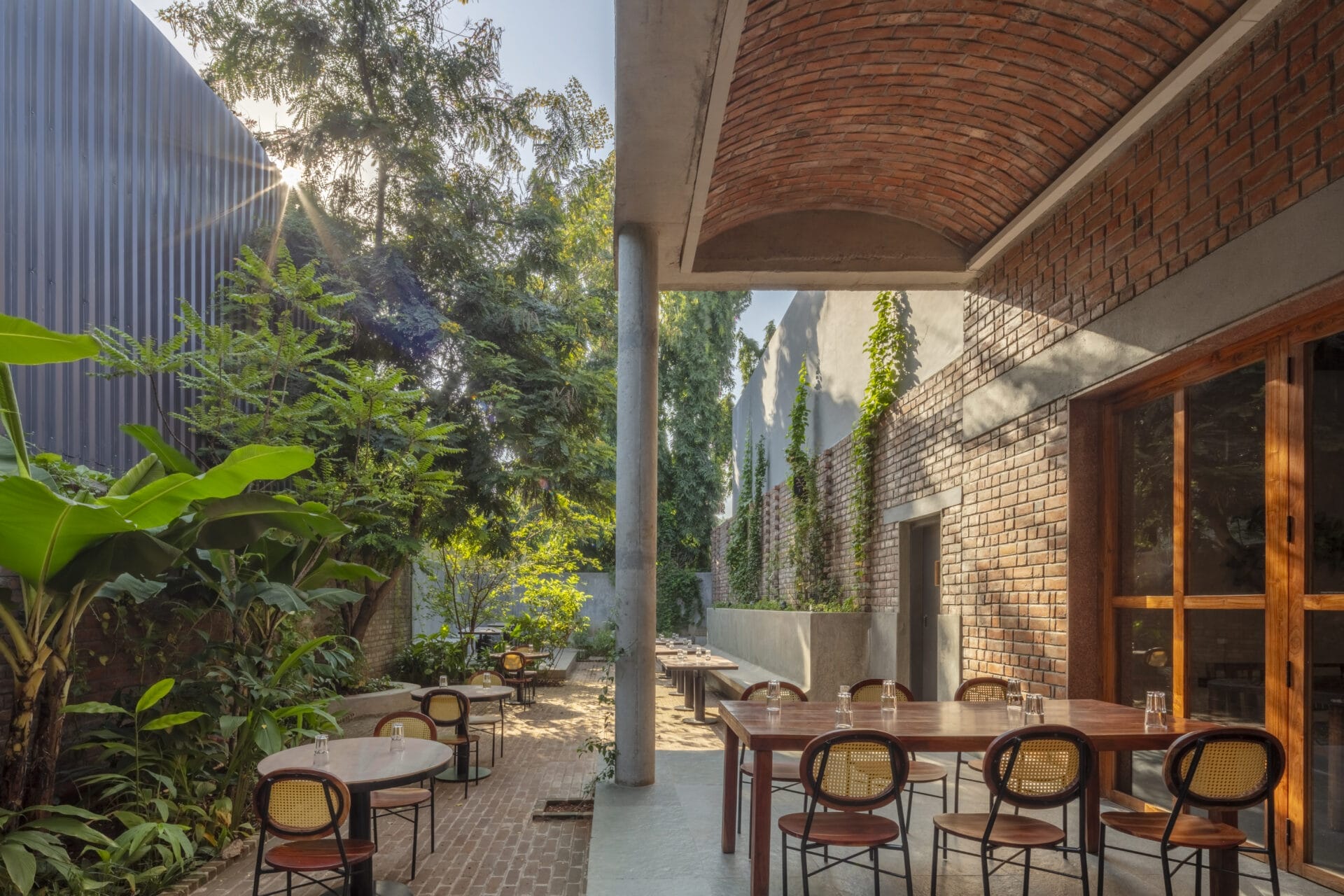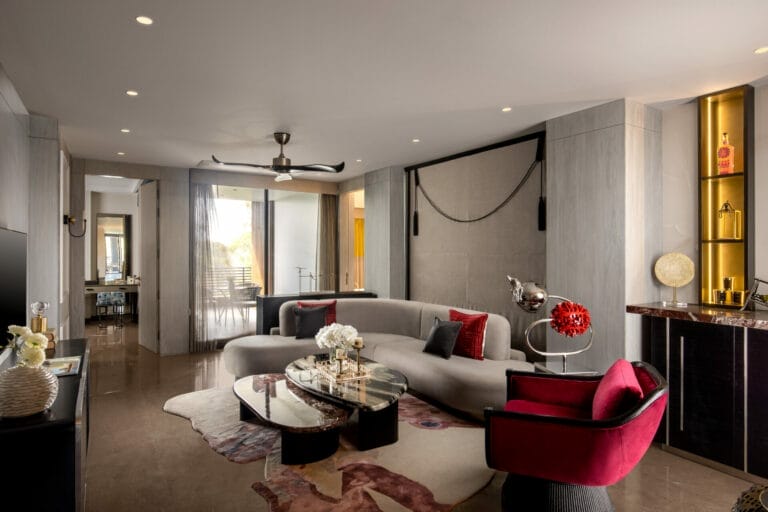Evidence-based design is a process of creating a physical environment or constructing a building based on scientific research to attain the best possible results. It is a concept majorly employed in healthcare architecture where research reflects that the environment design impacts the health of the patient.
Reflecting on the origin of the concept of Evidence-based design, it was first popularized by Ulrich by the seminal study which discussed the impact of window view on a patient. This discovery further led to the research on the relationships between the physical environment and individual health. The roots of this concept go back to 1860 when Florence Nightingale emphasized the importance of natural lighting, quiet, warmth, and clean water and identified fresh air as the very first canon of nursing.
At the healthcare conference conducted by The Decor Journal on 28th June 2022, the speakers – Ar. Brinda Sengupta and Ar. Ravideep Singh highlighted the importance and impact of evidence-based design in hospitals. Currently, the key priorities for healthcare providers are patient well-being, the recovery time of patients, infection control, and reducing staff stress. Though these priorities can be catered to by multiple influencers, the relation between building environment design and medical outcomes is a matter of consideration by the majority of professionals. The awareness of patient-centered environments is growing, explaining its need and impact on the stress levels of the patients and their families.

Evidence-based designing is a framework including the formularization of hypothesis, testing/analysis, and outcome gathering. In general, the design practice is based on the amalgamation of legal, functional, technical, and aesthetic aspects.
Architect Ravideep Singh – the founder of Creative Designer Architects, shared at the Healthcare Conference, “We have dedicated organizations in the US such as the Center of Health Design which regulates Evidence-based design in healthcare. So whatever research and studies are available in Evidence-based design are conducted in the hospitals based in the US and there are not more than a few hundred peer review journals. But as our socio-economic scenarios are different from theirs, we need more Indian data to make it work properly”, which further puts into the picture the need for research and studies of Indian Healthcare facilities that can further cater to the erection of more patient-centric designs.

The regular studies and research on the subject demonstrate how maximum exposure to nature leads to the improved health and well-being of a patient. Biophilic design concepts can be used in interiors to have positive impacts. Exposure to natural daylight maintains the circadian rhythms of a patient and improves their sleep which further catalyzes the recovery time.

But, The research work in such cases is not enough. The demonstration of later experiences and impacts while designing a project facilitates the involvement of clients in a project and results in a better outcome. “I think if we could demonstrate as architects that these are the tangible outcomes and clients are transparent with the budget instead of getting surprised later, that will help in planning the material and finishes better”, says Architect Brinda Sengupta – Vice President at HKS at the Healthcare Conference 2022.

Evidence-based design is a method based on documented results and takes into consideration the psychological, emotional, and physical well-being of an individual. It is the future of the healthcare sector and caters to the needs of caregivers and patients.




















